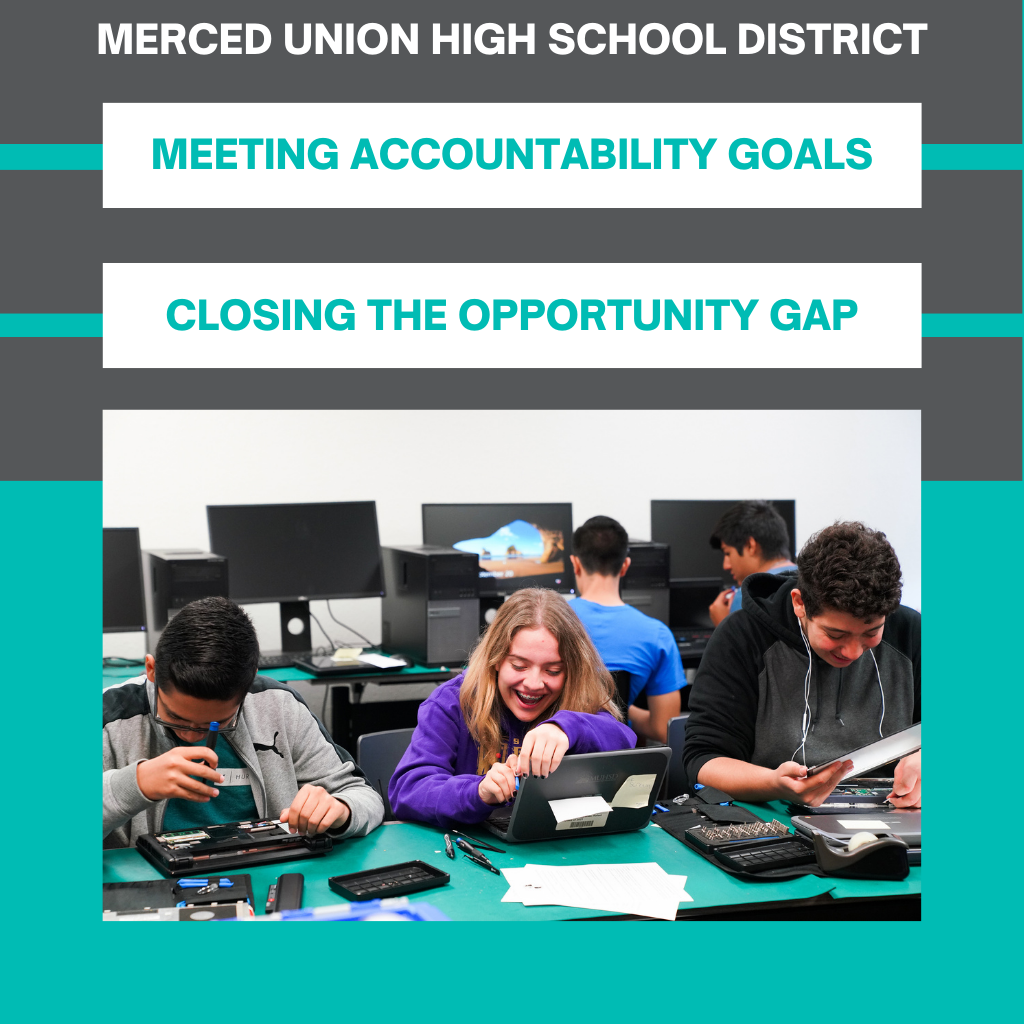Assess Your School’s Expansive Opportunities: Ensure Opportunities are Supporting Your Underserved Students

Fairness does not mean that everyone gets the same. Fairness means that everyone gets what he or she needs.
– Richard Lavoie

INTRO
Do all of your students have the supports and opportunities to build the skills they will need to personalize their futures from both a personal and career perspective?
This activity will help your team examine what additional supports and opportunities are at your school, and if those supports are meeting the needs of your students.
OBJECTIVES
- Analyze current efforts to ensure a robust multi-tiered continuum of support is in place for your students
The below activity is designed for teachers, staff, school leaders.
Read this example of how Springfield High School in Oregon developed engaging opportunities specifically designed to better engage their underserved students.
Think about your students.
- What additional supports and opportunities are at your school?
- Are they meeting the needs of the students who need additional support?
- Do you have a way to identify the students who need additional support?
- If so, what evidence do you use to decide what students need more, and have they had the opportunity to be part of designing what they need?
Next, listen to our CEO Dr. Matt Coleman describe Expansive Opportunities in the context of the Inflexion Approach.
Rate and provide evidence about how well your school is leveraging expansive opportunities using the following definition and scale:
DEFINITION: Expansive Opportunities provide students with opportunities, supports, and curriculum that are needs-based and linked to established standards; they are integrated and supported across academic, social-emotional, behavioral and physical domains; and are delivered using multiple approaches including large group, small group, and individual opportunities.
SCALE:
1. Not at all
2. Somewhat
3. For the most part
4. Totally
A score of 1 (one) reflects that there is little being done intentionally schoolwide.
A 4 (four) would suggest that you have explicit structures and practices schoolwide to support this.




Responses